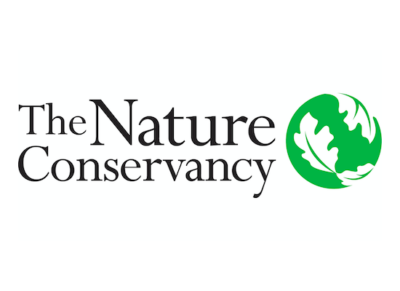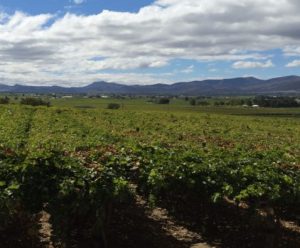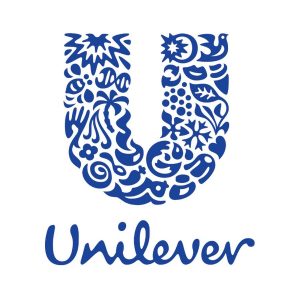Primary Functions
- Learn about Water Funds and how businesses can use them to to address water risk via collective action.
- Understand challenges that stakeholders face when participating in a Water Fund.
Detailed Description
This article is Part III in a new series from The Nature Conservancy that focuses on collective action and nature-based solutions for water security. Part III outlines how a Water Fund can address water risk via collective action and shows some of the challenges stakeholders face when participating in a Water Fund.
Water Funds unite the public and private sectors and civil society around the common goal of securing water for communities by protecting natural water systems in a way that promotes sustainable economic development.
The Water Fund model — spearheaded initially by The Nature Conservancy, but now taken up by an increasing number of partners — looks to improve water governance via on-the-ground interventions that benefit both nature and people.
Water funds help to make sense of and manage the significant complexities associated with water risk and nature-based source water protection. The model offers business a template for a collective effort that connects them with multiple groups to manage and finance improvements in water security. For business, this means that, over time, the burden of investing in water security is shared with others.
Water Funds work with people living upstream to help them manage watersheds, improving the productivity and resilience of their lands. Water security is improved for downstream communities, cities and businesses — this supports social development and reduces economic risks. It also introduces a mechanism for the long-term financing of water security programs.
For corporate water users the interest in addressing water security unilaterally is strong. They can do this by ‘looking within their fence’ at ways to further improve water efficiency or by adjusting supply chains. However, at a certain point, such efforts may be thwarted without collective action at a larger scale. For example, an operation site may still face ‘outside the fence’ water challenges, such as water pollution or unsustainable water use from other water users in the basin.
Read more here.
Learn more by reading Part 1 and Part II.
Find the whole series here.





